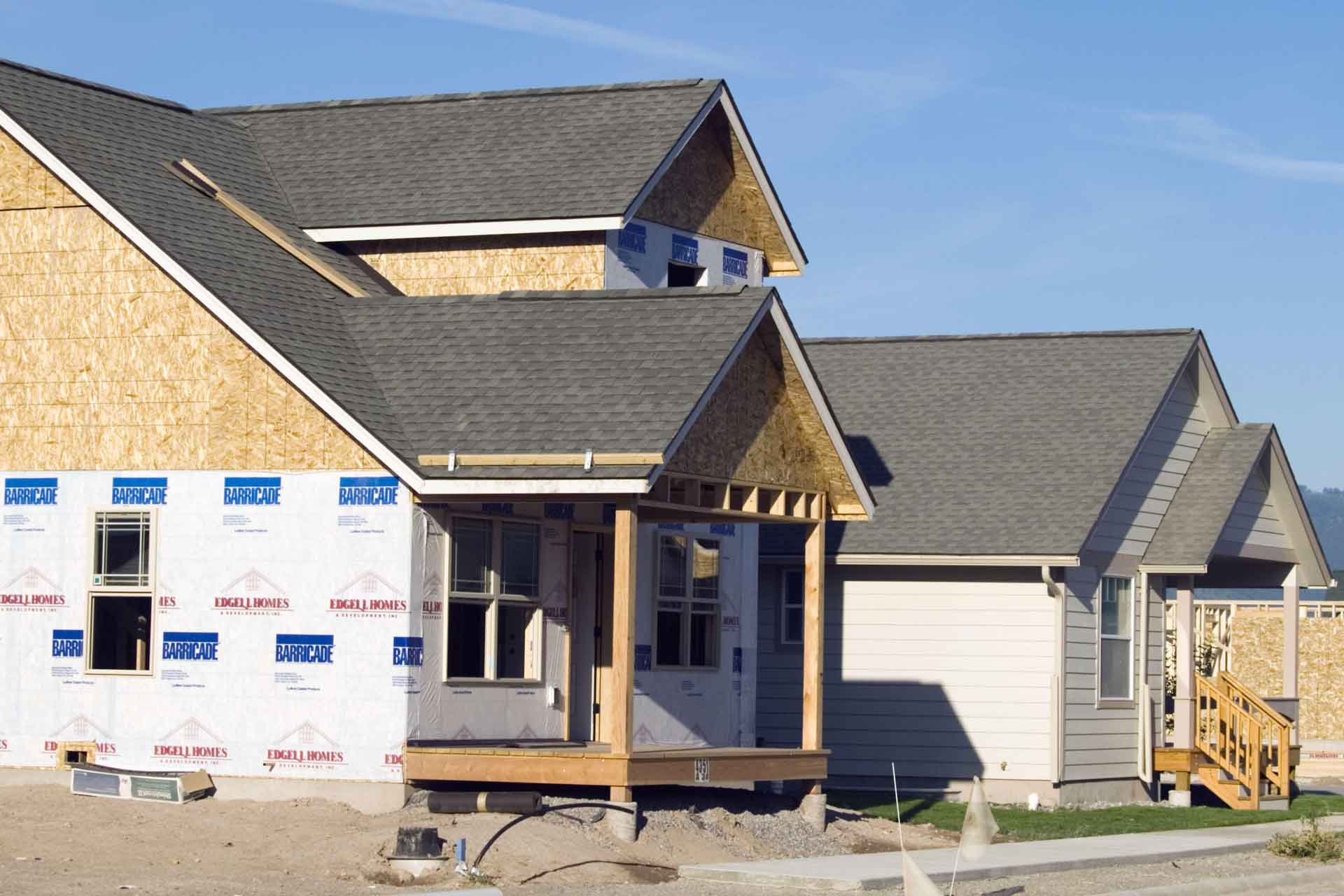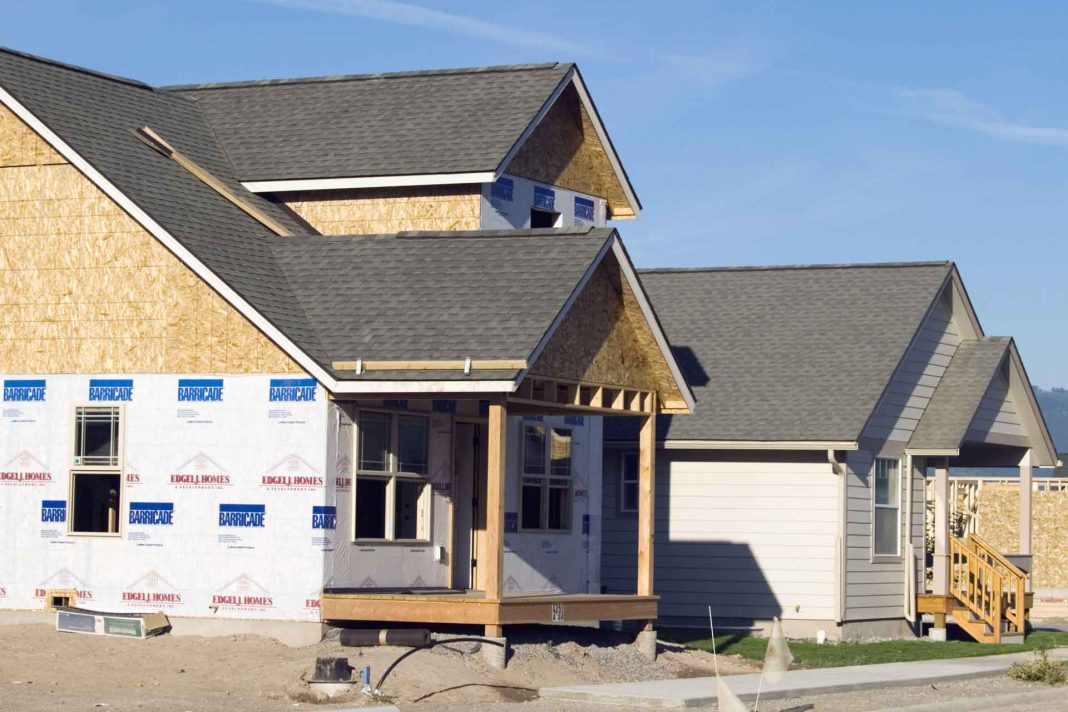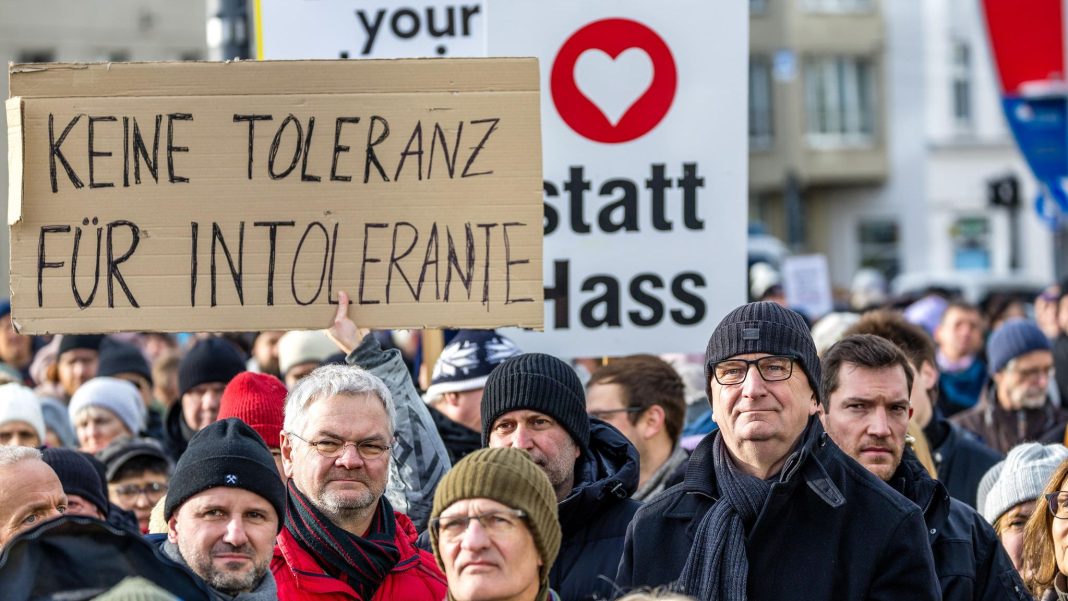 Introduction:
Introduction:
The Biden administration’s new “green” energy mandates, implemented through the Department of Housing and Urban Development (HUD), are raising concerns about the affordability of homes in the current housing market. While the administration claims that the higher upfront costs will be offset by lower energy bills, analysis shows that it would take 90 years to break even. This article examines the impact of these mandates on homebuyers, taxpayers, and renters, highlighting the potential consequences of unaffordable housing and the division it creates in society.
The Burden on Homebuyers:
Under the new green energy mandates, all homebuilders will be forced to comply, resulting in an additional cost of $31,000 for a new home. The Biden administration acknowledges this higher upfront cost but argues that it will be compensated by lower energy bills. However, the break-even point is projected to be 90 years, making it an unrealistic expectation for homeowners. This means that even if a young couple purchases a green energy home and has a child, the regulatory costs will not have paid for themselves within that child’s lifetime.
The Passing of Costs to Taxpayers:
HUD suggests that homebuilders can receive tax credits to offset some of these costs, with the hope that the savings will be passed on to homebuyers. However, this approach merely shifts the burden to taxpayers, including renters. Rather than homebuyers bearing the full cost of these mandates, some of it will be passed on to taxpayers. This practice of passing costs on to others contributes to the creation of a two-tiered society, where an entire generation may never be able to afford their own homes.
The Struggle of Renters:
Amidst a cost-of-living crisis, renters are facing increasing housing costs, with half of them reporting difficulty paying rent on time. To cope with these expenses, many renters have resorted to extreme measures such as skipping meals, working extra hours, or selling personal belongings. The average monthly rent for a home has risen by 50% in just four years, making it challenging for Americans to save any money at the end of the month. Consequently, many renters find themselves unable to save for a down payment, trapping them in a cycle of renting indefinitely.
The Rising Cost of Homeownership:
Even those who manage to save for a down payment may struggle to afford the monthly mortgage payments. Since January 2021, the cost of a monthly mortgage payment has doubled, making homeownership increasingly unaffordable. This situation is exacerbated by record-high rental prices, which further widen the gap between homeowners and renters. The inability to afford a home not only affects individuals’ financial well-being but also delays marriage and having children, leading to a divided society and diminished hope.
The Role of Failed Public Policies:
The new green energy mandates contribute to the challenges in the housing market, much like other failed public policies. Government spending and resulting inflation have led to price increases in various sectors, including housing. Higher interest rates, driven by inflation, make it difficult for homeowners to sell their homes without facing significantly higher mortgage rates. Construction costs have also reached record highs due to inflation, leading to higher prices for homebuyers. Consequently, homebuilders produce fewer houses, severely limiting the supply of new and existing homes. This shortage extends to apartment buildings, putting further upward pressure on rent prices.
The Need for Relief:
Instead of adding more regulations, Americans require relief in their pursuit of affordable housing. The current state of the housing market calls for effective solutions that address the rising costs and limited supply. It is crucial to consider the impact of policies on homeowners, renters, and taxpayers to avoid exacerbating the division within society caused by unaffordable housing.
Conclusion:
The Biden administration’s new green energy mandates have raised concerns about the affordability of homes in the current housing market. The higher upfront costs and the unrealistic break-even point undermine the administration’s claims of lower energy bills compensating for these expenses. The burden of these mandates is either shifted to taxpayers or borne by homebuyers, further exacerbating the two-tiered society and housing affordability crisis. Renters face increasing difficulties in paying rent while trying to save for homeownership, perpetuating the cycle of renting. Failed public policies, such as inflation and high construction costs, have already contributed to the housing market’s challenges, making relief measures necessary. Addressing the affordability crisis requires a careful examination of policies to ensure they do not widen the divide in society and instead provide accessible housing options for all Americans.


